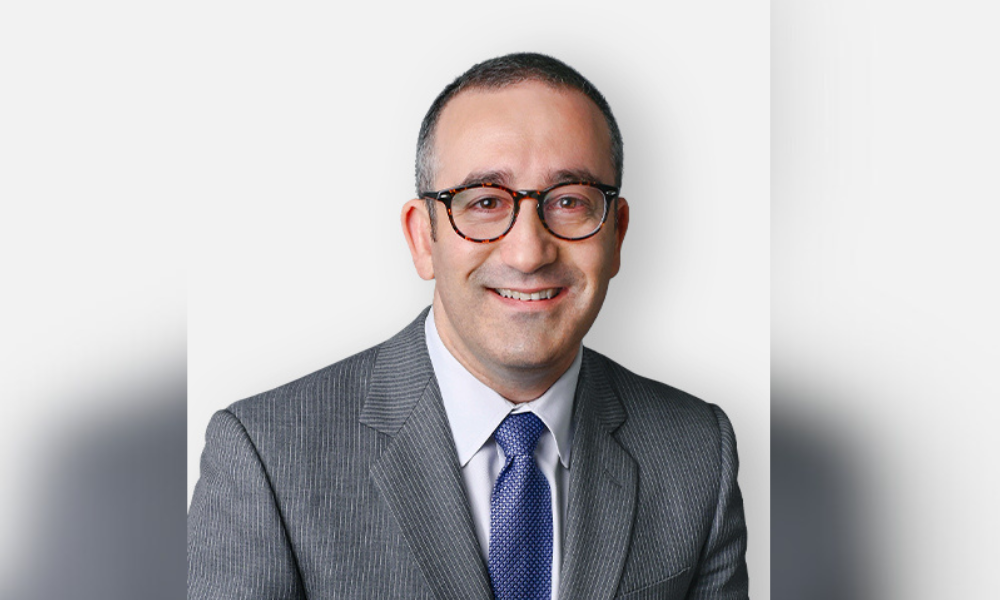Decision involving RN’s social media posts highlights importance of proper investigation, using contextual analysis

The social media posts of a registered nurse (RN) in Saskatchewan were the subject of a recent Saskatchewan Court of Appeal decision that delved into the intersection between professional regulation, people’s private lives and the guarantee of freedom of expression in the age of social media.




